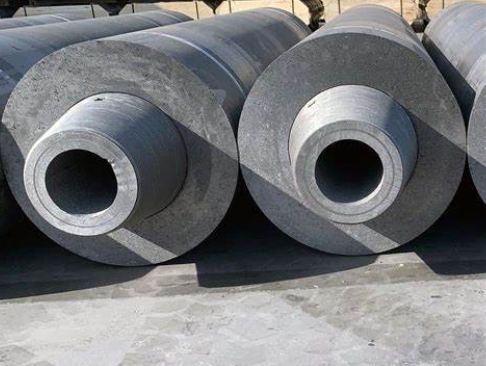
Graphite Electrode Efficiency refers to a Graphite Electrode's capability to transmit current at higher temperatures. Carbon structure and binder composition are the main factors that determine this property. The type and amount of binder depends on what application is being used. The petroleum coke (PC), while being used to reduce costs, cannot endure high temperatures over long periods. Needle coal (NC) has been designed to meet higher-performance requirements and is proven to last under severe conditions.
To test the effectiveness of graphite electrodes under various conditions cyclic voltagemograms (CV) are conducted. The voltammograms show the behavior of an electrode in an electrolyte with varying concentrations of fuel, which is reflected by the changes in the cathodic (outer) and anodic (inner) potentials. You can determine the electrode's state by observing the oxygen molecules on its surface as hydroxides or oxides.
The cyclic voltammograms were recorded for an elliptical, double pitch impregnated (3PI) graphite electrode that was pre-reduced at -1 V to get rid of any inner oxygen that might have been present on the electrode surface. A sufficient amount of oxygen was produced during oxidation at high anodic potentials. OxSFGs, oxidized graphite groups trapped in the GE, were the inner oxygen. Also, oxygen adsorbed inside of the pores of the graphite, and dissolved from the electrolyte diffused to the electrode surface and was part of the outer ring.
In the cyclic-voltammograms a marked decrease was seen in the potential oxidation of the inner oxygen. This indicates that most oxygen at the surface electrode is reduced by the efficient 4-electron route. However, the amount of oxygen reduced in the more efficient 4-electron pathway was smaller. It could have been due to the unbalanced distribution of charges at the surface.

Using a scanning electron microscope (SEM), the graphite surface of the electrodes was examined. The graphite was uniform in its morphology with none of the samples showing large cracks or pores. All samples had the same graphite oxidation.
The results of this study demonstrate that NC based graphite can be used to effectively address immobilized enzymes in the EAF process. The NC based graphite exhibits an adequate redox response and the oxidation states of the immobilized enzymes were stabilized. In addition, the NC based graphite demonstrated good mechanical strength and durability. The excellent structural and chemical properties of both the binder as well as high-purity carbon are responsible for this. The data suggests that these graphite electrodes can be used to support the high throughput EAF production of steel, while reducing operating costs. This alternative is a viable option to traditional refractory Graphite Electrodes, which are used for EAFs but have shorter lifespans.

Write a Message